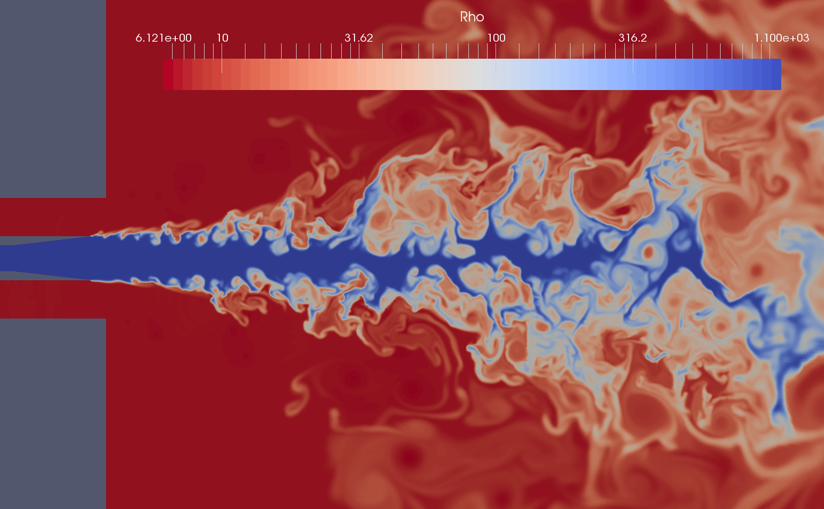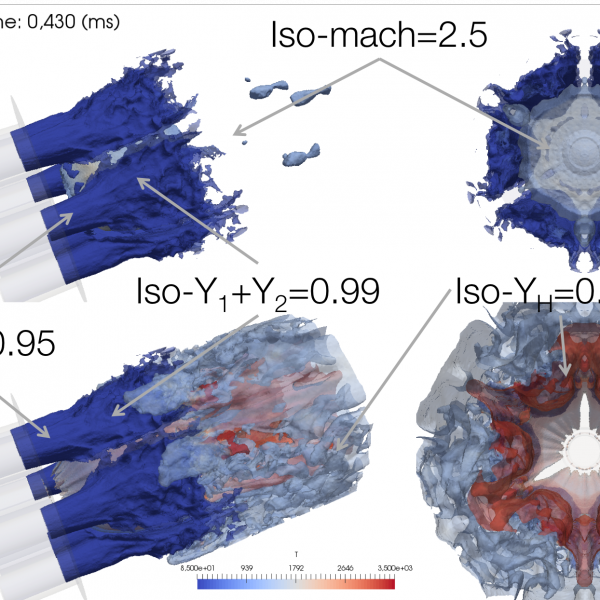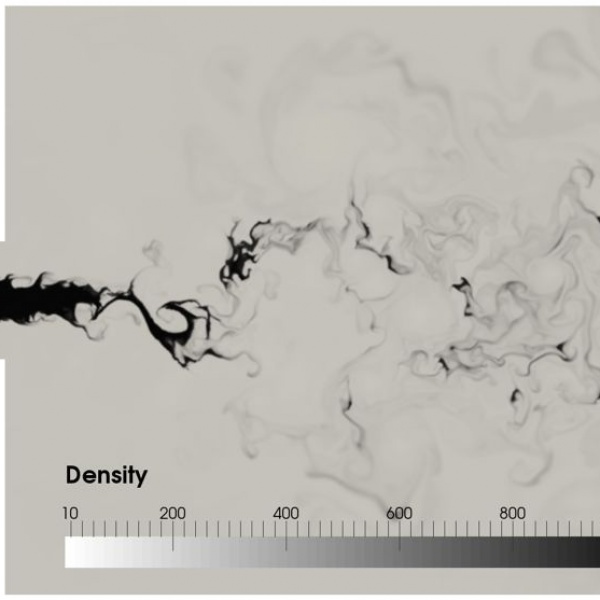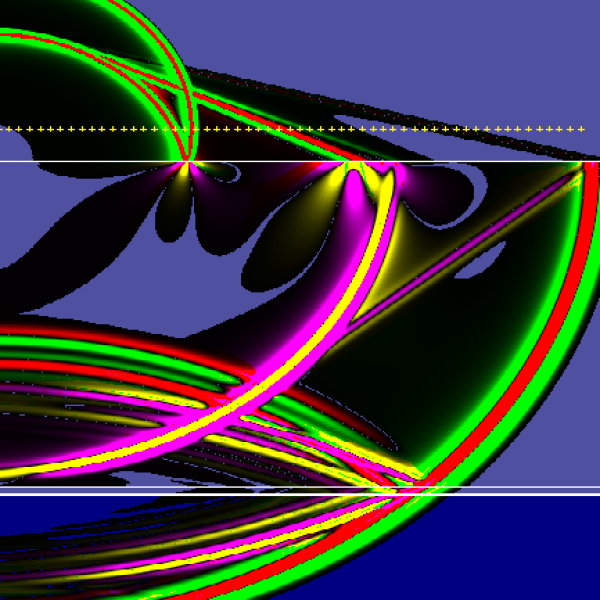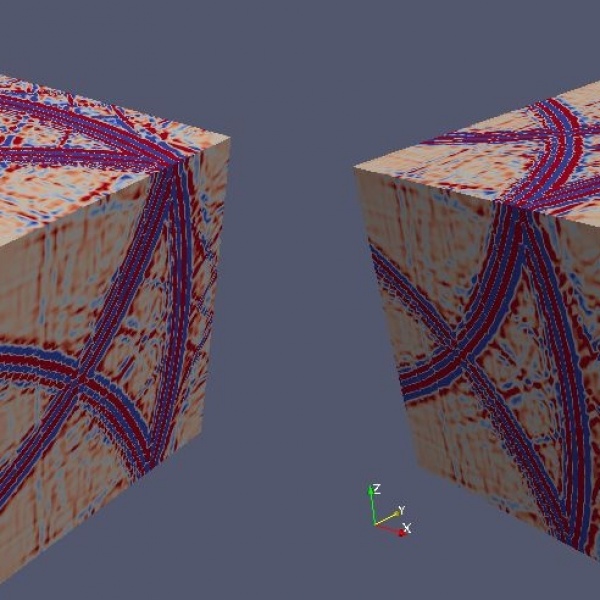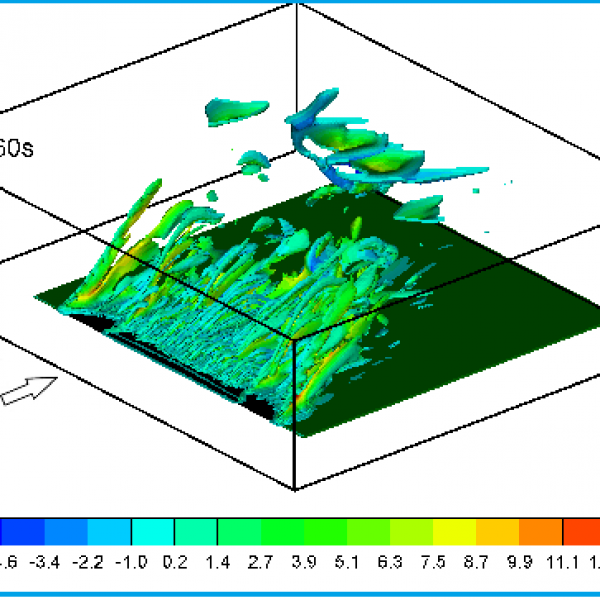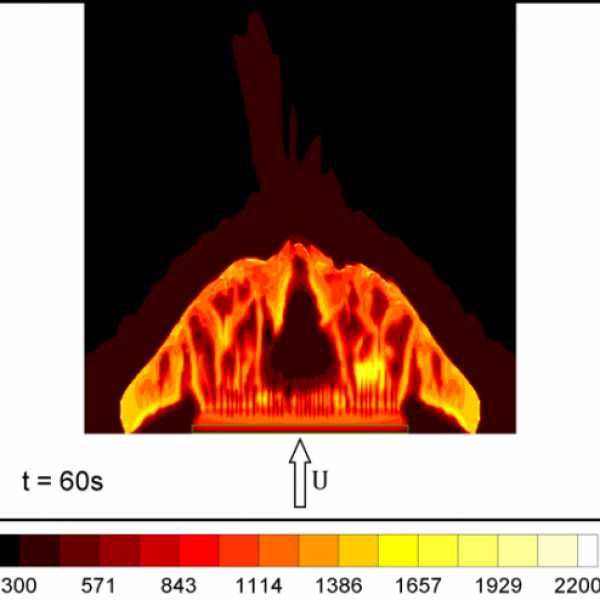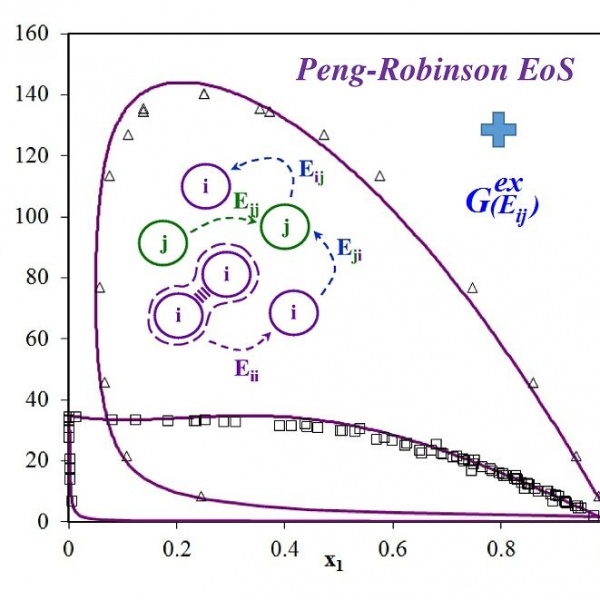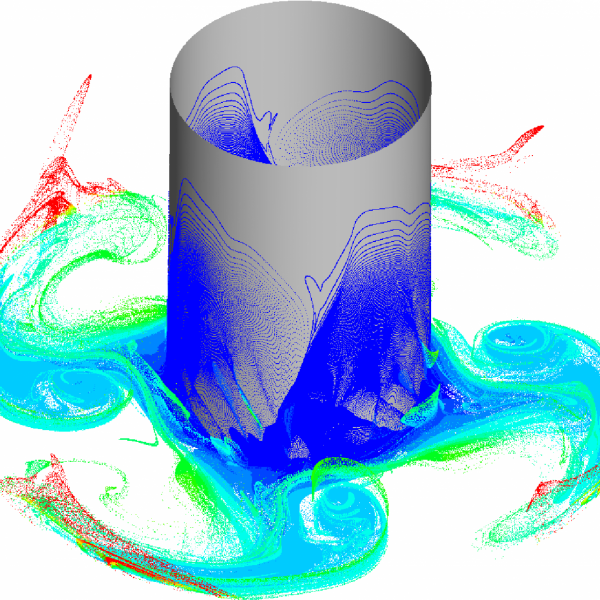8 octobre 2025
- Two-phase thermo-hydraulic modeling of a confined stagnant flow for the prediction of Critical Heat Flux / Adrien Fayet PhD Defense
Doctorant : Adrien FAYET
Date et lieu : mercredi 8 octobre 2025 à 14h00, amphi n°3, Centrale Méditerranée - M2P2 - 38 Rue Frédéric Joliot Curie, 13013 Marseille
Abstract: Irradiation capsules are used to study material/fuel behavior under neutron flux for long-term effects, accidental scenarios, and medical isotope production. Unlike in-core loop devices, where the heated rod is cooled with forced convection with the use of pumps, capsules rely on natural convection for the samples cooling.
The heat released by a nuclear fuel rod is transferred to the surrounding water and can eventually reach the Onset of Nucleate Boiling (ONB). Furthermore, if the Critical Heat Flux (CHF) is exceeded, an instantaneous transition from nucleate to film boiling occurs, causing sudden fuel overheating and potential damage. Predicting the CHF is imperative for safety and design. It is a complex task as this phenomenon depends on various parameters regarding the heated surface, the liquid and vapor phases, and their interactions (nucleate boiling, bubble dynamics, condensation, etc…). Although experiments are the best way to predict the boiling crisis, only limited data is available on such specific device, opening the possibility of using mechanistic numerical approaches to study the phenomenon.
This thesis investigates the capabilities of three different numerical tools for CHF estimation in the FUel Irradiation CApsule (FUICA). In the absence of experimental data for the FUICA, these approaches are assessed using the data provided by the Pressurized Water Capsule (PWC), featuring a similar configuration and working range as the intended FUICA application.
First, the CATHARE system code (reference code for safety analysis and licensing) is assessed. Although the natural convective flow is accurately reproduced, the CHF estimation diverges due to the application of an empirical correlation that is not tailored to this specific configuration. The absence of CHF experimental data and correlations for such flow prevents its modification, leading us to a finer-scale study.
Therefore a mechanistic approach is adopted using NEPTUNE_CFD. The code is firstly validated for single-phase natural convection, before being assessed for CHF prediction on the PWC irradiation capsule. New implemented advanced boiling and interfacial heat transfer models improve the code performance during the boiling crisis regarding the PWC data. These models yield acceptable CHF predictions for several geometries at high pressures. However, these simulations demand significant computing resources, highly restricting the use of NEPTUNE_CFD.
Given the limitations of existing tools, a simple 1.5D code (CLARISSE) is developed from scratch during this thesis specifically for irradiation capsules simulation and CHF prediction, aiming for a balance between CFD-RANS accuracy and system code applicability. A four-equation mixture model is solved explicitly and coupled to the wall resolution, considering mechanical and thermal coupling of the phases. The mixture properties follow the Noble-Abel Stiffened Gas (NASG) equations, and phase change is implemented using a relaxation model. The few unknown closure terms – such as viscous friction and wall heat exchange - are up-scaled using data collected from CFD simulations. The reproduction of the PWC CHF tests shows promising results as they are comparable to NEPTUNE_CFD’s with a much lower computational time, allowing sensitivity studies in a R&D frame. Further improvements can be applied on various aspects of CLARISSE to enhance its representativeness and CHF prediction.
Finally, these three approaches are used to provide an estimation of the CHF for the FUICA. This multiscale approach provides valuable insights of the CHF mechanics. After a first application, the CLARISSE code shows interesting results and promising perspectives, paving the way towards the development of a fast and reliable tool devoted to CHF predictions in such specific applications.
Keywords: Irradiation Capsule, Critical Heat Flux, Natural convection, Computational Fluid Dynamics, Nucleate Boiling
Jury :
Benjamin DURET Université de Rouen Normandie Rapporteur
Sébastien TANGUY Institut de Mécanique des Fluides de Toulouse Rapporteur
Catherine COLIN Institut de Mécanique des Fluides de Toulouse Présidente
Nathalie SEILER CEA Cadarache & Université Grenoble Alpes Examinatrice
Stéphane MIMOUNI EDF R&D & Université Gustave Eiffel Examinateur
Pierre BOIVIN M2P2, Aix-Marseille Université Directeur de thèse
Fabrice FRANCOIS CEA Cadarache & Université Grenoble Alpes Invité
Jorge PEREZ-MANES CEA Cadarache Invité
